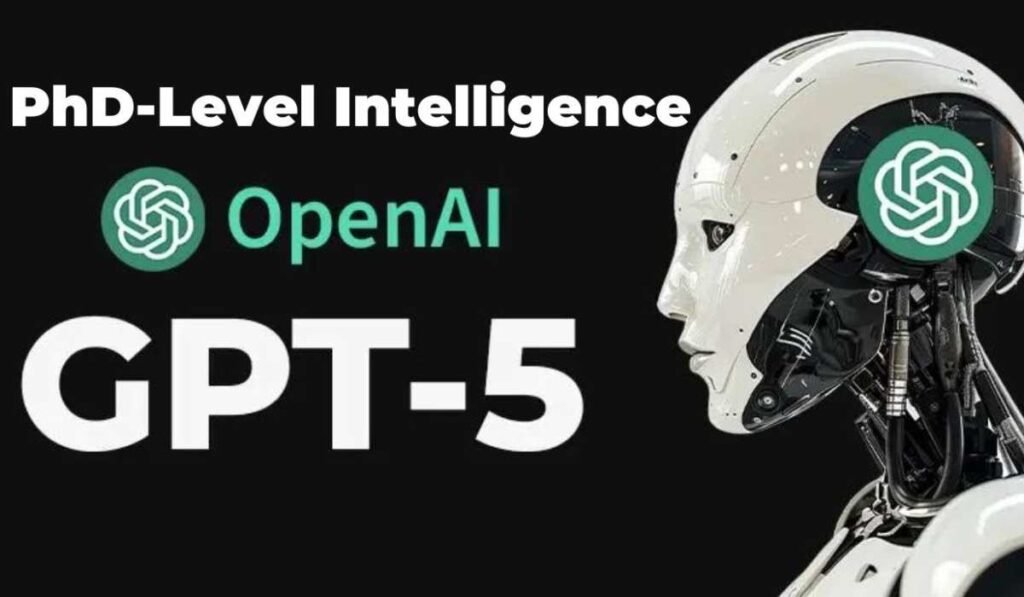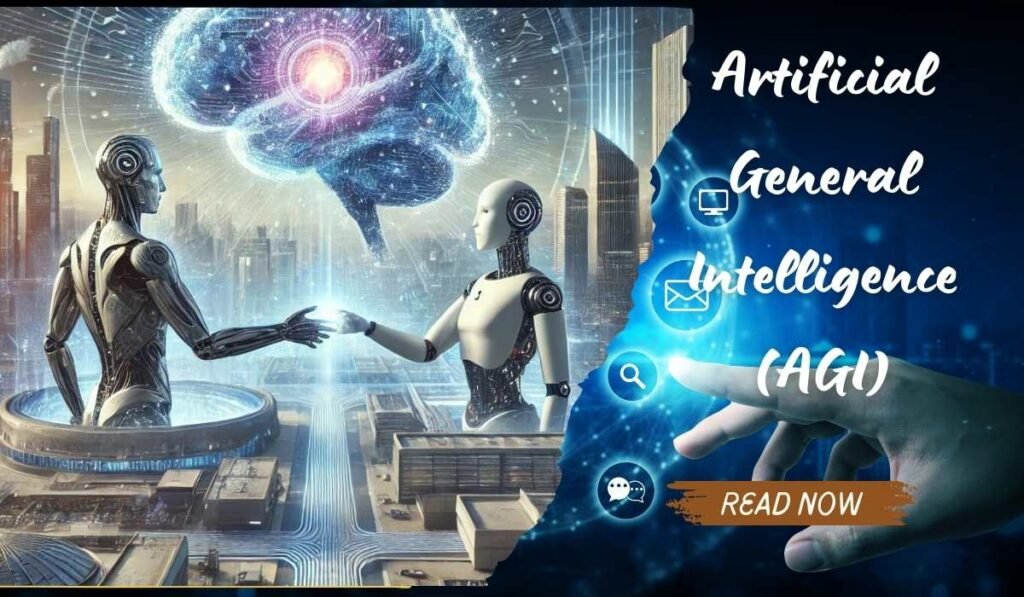In a landmark development for artificial intelligence, SakanaAI has unveiled a groundbreaking AI agent that promises to revolutionize the scientific research process. This innovative system, aptly named the AI Scientist, marks a significant leap forward in automated discovery and has the potential to accelerate scientific progress at an unprecedented rate. Let’s dive into the details of this extraordinary SakanaAI AI agent and explore its implications for the future of research.
Introducing SakanaAI and Its Visionary Team
SakanaAI, a Tokyo-based AI startup, has quickly emerged as a frontrunner in the race to develop advanced AI systems. Founded by former Google researchers Leon Jones and David Ha, the company has taken a unique approach to AI development, drawing inspiration from natural systems such as schools of fish and beehives.
The Minds Behind the Innovation:
- Leon Jones: Co-author of the influential 2017 paper “Attention Is All You Need,” which introduced the Transformer architecture. Jones serves as the CTO of SakanaAI.
- David Ha: Former research lead at Stability AI and Google Brain, now CEO of SakanaAI.
Their combined expertise has been instrumental in creating this revolutionary AI agent, which has already secured an impressive $30 million in seed funding.
The SakanaAI AI Agent: A New Paradigm in Scientific Research
The SakanaAI AI agent, dubbed the AI Scientist, is designed to automate the entire scientific research process, from initial ideation to peer review. This comprehensive approach represents a significant advancement in AI capabilities, potentially democratizing scientific discovery and accelerating innovation across various fields.
Key Features of the SakanaAI AI Agent:
- Automated Idea Generation: The system brainstorms research ideas based on given parameters.
- Novelty Evaluation: Ideas are assessed for originality and potential impact.
- Code Generation and Experimentation: The AI implements novel algorithms and conducts experiments.
- Result Analysis and Visualization: Data is processed and visualized for interpretation.
- Scientific Paper Writing: The agent crafts comprehensive research papers.
- Automated Peer Review: An AI-powered review system evaluates the generated papers.
This end-to-end automation of the research process sets the SakanaAI AI agent apart from other AI systems in the field.
The Power of Swarm Intelligence in SakanaAI’s Approach
What makes the SakanaAI AI agent truly unique is its foundation in swarm intelligence. Rather than relying on a single, monolithic AI model, SakanaAI’s approach utilizes numerous smaller models that work collaboratively, mimicking the behavior of natural swarms. This innovative strategy aims to create more flexible, adaptive, and economically efficient AI models.
Impressive Cost-Effectiveness of the SakanaAI AI Agent
One of the most striking aspects of the SakanaAI AI agent is its remarkable cost-effectiveness. The system can produce papers with potential conference relevance at an astonishingly low cost of $15 per paper. This efficiency opens up exciting possibilities for democratizing research and accelerating scientific progress across various disciplines.
Quality Assessment of AI-Generated Papers
While the SakanaAI AI agent demonstrates impressive capabilities, it’s important to note that the quality of generated papers is mixed:
- Some papers present potentially novel ideas or approaches
- Quality is comparable to work by early-stage machine learning researchers
- Papers often lack thorough theoretical justification
- Experimental scope may be limited
- Occasional inconsistencies are present
The SakanaAI team emphasizes that the generated content should be used as a source of ideas for human researchers to explore further, rather than as final, publishable work.
Leveraging Advanced Language Models
The SakanaAI AI agent utilizes advanced large language models (LLMs) to achieve its capabilities. Notably, Claude Sonnet 3.5 consistently produced the best papers, with some even achieving scores exceeding the threshold for acceptance at standard machine learning conferences.
However, the researchers at SakanaAI anticipate that competition among LLMs will lead to continued improvements and increased capabilities across various models, including open-source options.
Current Limitations and Future Improvements
Despite its impressive capabilities, the SakanaAI AI agent does have some limitations:
- Lack of vision capabilities, leading to issues with visual elements in papers
- Occasional errors in implementing ideas or making fair comparisons
- Struggles with some basic numerical comparisons
The SakanaAI team is actively working on addressing these limitations, with plans to incorporate multi-modal foundation models to enhance the agent’s capabilities in future iterations.
Open-Source Availability: A Game-Changer for AI Research
In an exciting development for the AI research community, SakanaAI has made the bold decision to open-source their AI agent. Researchers and enthusiasts can now access the complete system through the company’s GitHub repository, allowing for further experimentation and improvement of the technology. This move could potentially accelerate the development of AI-driven research tools across the globe.
Implications of the SakanaAI AI Agent for Scientific Research
The introduction of the SakanaAI AI agent raises intriguing questions about the future of scientific inquiry:
- Accelerated Discovery: How will the ability to generate hundreds of research papers in a week impact the pace of scientific progress?
- Role of Human Researchers: Will human scientists shift their focus to verifying and expanding upon AI-generated ideas?
- Democratization of Research: Could the low cost of AI-generated papers lead to more diverse participation in scientific research?
- Ethical Considerations: What safeguards need to be in place to ensure the responsible use of AI in scientific discovery?
- Interdisciplinary Breakthroughs: Will the AI’s ability to process vast amounts of information lead to unexpected connections between different fields of study?
SakanaAI’s AI Agent – A New Frontier in Scientific Discovery
The unveiling of the SakanaAI AI agent marks a significant milestone in the evolution of artificial intelligence and its application to scientific research. While the system is not yet capable of replacing human researchers, it represents a powerful tool for idea generation, experimentation, and preliminary research.
As we stand on the brink of this new era of automated scientific discovery, it’s clear that the landscape of research is set to change dramatically. The SakanaAI AI agent offers a glimpse into a future where the boundaries of human knowledge can be pushed further and faster than ever before, potentially unlocking solutions to some of the world’s most pressing challenges.
The journey of the SakanaAI AI agent is just beginning, and its full potential remains to be seen. As researchers and developers continue to refine and expand its capabilities, we can anticipate even more groundbreaking advancements in the field of AI-driven scientific research. The future of discovery is here, and thanks to innovations like the SakanaAI AI agent, it’s more exciting than ever.
The SakanaAI AI agent, known as the AI Scientist, is designed to automate the entire scientific research process, from idea generation to peer review, significantly accelerating scientific progress.
SakanaAI was founded by Leon Jones, a co-author of the influential paper 'Attention Is All You Need,' and David Ha, a former research lead at Stability AI and Google Brain.
The AI agent employs numerous smaller models that collaborate, mimicking the behavior of natural swarms, which allows for more flexible, adaptive, and economically efficient AI models.
Key features include automated idea generation, novelty evaluation, code generation, result analysis, scientific paper writing, and an automated peer review system.
The system can produce research papers relevant to conferences at a remarkably low cost of $15 per paper, making research more accessible.
Limitations include a lack of vision capabilities, occasional errors in idea implementation, and struggles with basic numerical comparisons.
While some papers generated by the AI show novel ideas, the quality can vary and should be viewed as a source of inspiration for human researchers rather than final publications.
Open-sourcing the AI agent allows researchers and enthusiasts to access and improve the technology, potentially accelerating advancements in AI-driven research tools globally.
The AI agent raises questions about accelerated discovery, the evolving role of human researchers, democratization of research, ethical considerations, and potential interdisciplinary breakthroughs.
The SakanaAI team plans to address current limitations by incorporating multi-modal foundation models to enhance the agent's capabilities in future iterations.





